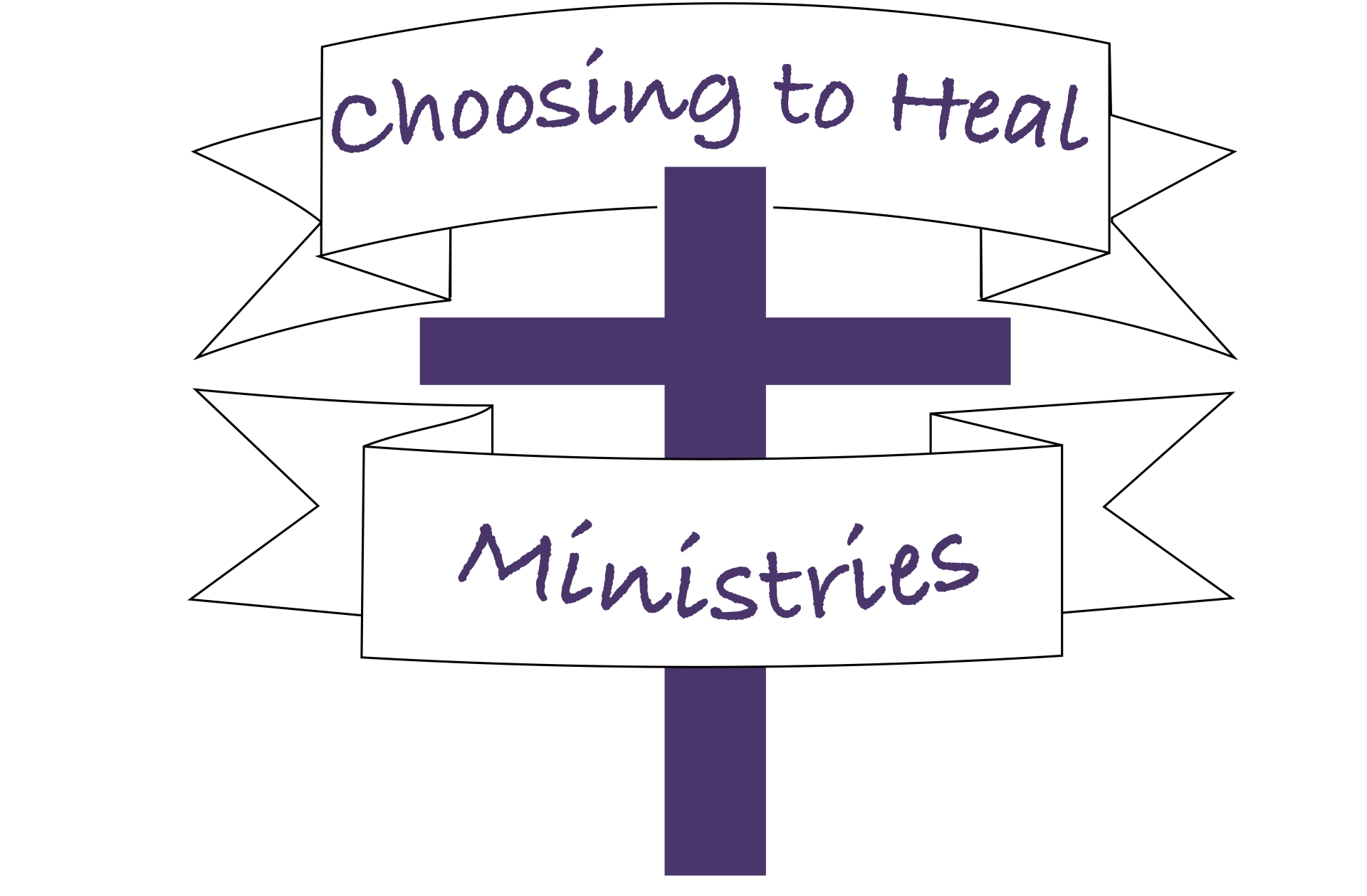Eating Disorders
"Eating disorders are compulsive abnormal eating behaviors"
Eating disorders are defined as compulsive abnormal eating behaviors that control a person’s life. They have addictions as strong as that of a drug addict. The drug is food.
"Eating disorders are compulsive abnormal eating behaviors"
Eating disorders are defined as compulsive abnormal eating behaviors that control a person’s life. They have addictions as strong as that of a drug addict. The drug is food.
How We Help
Anorexia Nervosa: The name literally means “nervous lack of appetite,” which is not an accurate description since appetite and thoughts of food aren’t lost. Anorexia is an addiction to dieting or self-starvation. It usually is accompanied by a compulsive drive for perfection and control.
Bulimia Nervosa: The word literally means “hungry as an ox.” A pattern of powerful, and often secret, binge eating--quickly eating large amounts of high-calorie, sugary, fatty foods, or high-fiber watery vegetables, like salads. The eating binge usually is followed by purging--removing the food eaten during the binge--by using laxatives, diuretics, self-induced vomiting, compulsive exercise, or starvation. The goal is to “get rid of everything quick.”
Compulsive Overeating: Overeating that resembles the binges in bulimia (which may or may not be done in secret) or “grazing” (constant eating) over a few hours. This usually is done to escape or deaden unwelcome emotions like anger, inadequacy, embarrassment, fear, loneliness, or boredom. Since compulsive overeaters don’t purge, the calories eaten in frequent binges quickly add up to gains in body fat and weight.
Binge eating disorder (BED): This is an eating disorder characterized by recurrent episodes of eating large quantities of food (often very quickly and to the point of discomfort); a feeling of a loss of control during the binge; experiencing shame, distress or guilt afterwards; and not regularly using unhealthy compensatory measures (e.g., purging) to counter the binge eating. Binge eating disorder is a severe, life-threatening, and treatable eating disorder. Common aspects of BED include functional impairment, suicide risk, and a high frequency of co-occurring psychiatric disorders.
Binge Eating
Binge eating disorder is the most common eating disorder in the United States, affecting 3.5% of women, 2% of men, and up to 1.6% of adolescents.
BED Definition from: National Eating Disorder Association
Mara has had years of experience working with those suffering from eating disorders as well as her own struggle. This background has enabled her to help you with your own experience and she hopes will lead to a healthy relationship with your body and food.
Recovery is possible, contact Choosing to Heal Ministries for more information.
Find Our Location
choosingtohealministries@gmail.com
Contact Us
Contact Us
Thank you for contacting us, we have received your message. We will get back to you as soon as possible.
Please try again later
© Copyright 2020 | Powered By AutomationLinks


